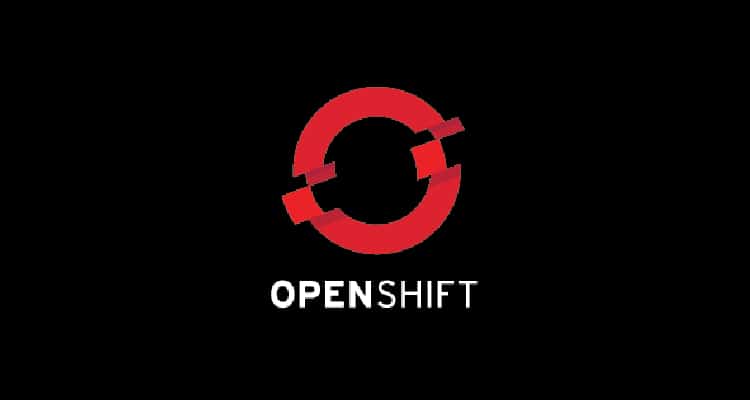
Red Hat has announced the next version of its OpenShift Container Platform. Debuted as Red Hat OpenShift Container Platform 3.4, the new release is based on Kubernetes 1.4 and offers improved storage functionality to enterprise customers.
Red Hat OpenShift Container Platform 3.4 brings all new components from Kubernetes 1.4 release. It also improves the overall interface of OpenShift and brings an interesting feature of dynamic provisioning of storage and storage tier labeling. Furthermore, the new version has inclusion for running scheduled jobs in batch processes.
“While Linux containers represent an innovative future for enterprise applications, traditional and legacy applications remain critical to the modern business. Red Hat OpenShift Container Platform 3.4 can meet the needs of these existing applications while providing the tools and services to drive cloud-native application creation and deployment,” said Ashesh Badani, vice president and general manager, OpenShift, Red Hat, in a statement.
Multiple storage types
Enterprise customers can enable different types of backend storage tiered to the quality of service labels with the dynamic storage. Also, the API-based abstraction layer in the latest Kubernetes integrates Gluster Storage system with the new OpenShift Container Platform. This storage abstraction layer can include various storage plugins for Amazon Web Services, Google, Fiber Channel, Ceph, NFS and iSCSI.
There is an inclusion for running Red Hat Gluster Storage in a dedicated storage cluster other than OpenShift and Kubernetes. Developers can also use containerised application of their choice to access the storage over a network. Red Hat has smartly used the technology that it borrowed from Gluster after acquiring the company in 2011.
Alongside Gluster’s technology, the web console of OpenShift Container Platform 3.4 has some enhanced capabilities and a feature to manage multi-tenancy. The options for multi-tenancy can help cluster administrators to easily search, manage quota, assign users and conduct related tasks.
Going forward, Red Hat is set to continue leverage Kubernetes releases for additional improved capabilities for enterprise customers. The company is already offering on-call technical expertise and global support to enterprise clients opting its container application platform.





































































[…] play a major role in memory allocation while building a project. However, many tools are still reliant on host […]